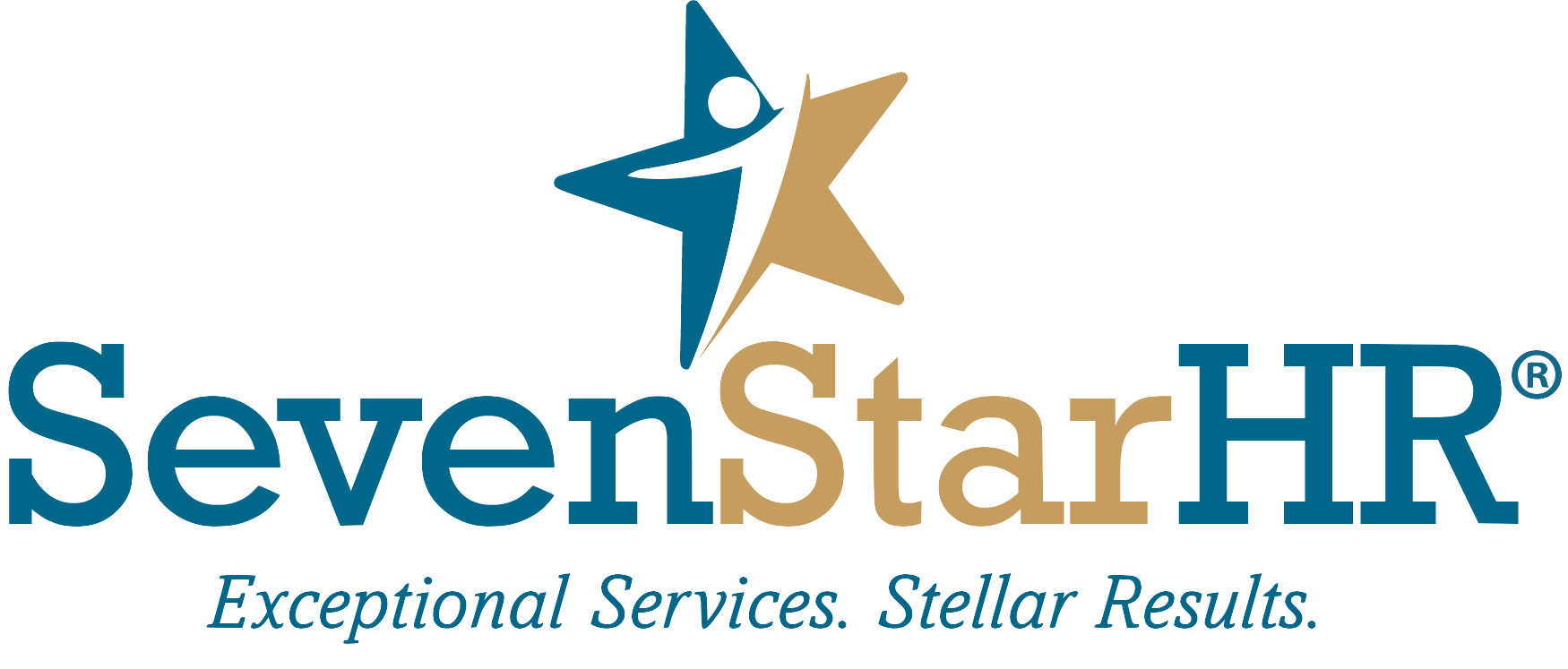An Employer's Guide to the Key Changes to Form I-9 Verification
In the past two months, the U.S. Citizenship and Immigration Service (USCIS) has made several alterations to the employment verification process, which directly impact the review and endorsement of employee identity and employment eligibility documentation.
On July 31, 2023, the USCIS terminated its adapted COVID-19 procedures for scrutinizing identity and employment eligibility documentation. Since March 20, 2020, the USCIS had eased its physical inspection requirements linked to the Form I-9 employment verification procedure, allowing employers to remotely validate new hire documents. This temporary step, a response to COVID-19, granted employees a brief exemption from the USCIS's physical examination prerequisites.
On May 5, 2023, the USCIS declared the discontinuation of this policy, effective July 31, 2023. Employers who employed individuals on or after March 20, 2020, and remotely authenticated their employment documentation must revalidate each employee's identity and employment eligibility documentation by August 31, 2023.
On August 1, 2023, the USCIS introduced the 2023 Version Form I-9, which simplifies the employment verification process. This updated form incorporates several noteworthy adjustments:
Sections 1 and 2 underwent reorganization to fit onto a single-sided sheet.
In Section 1, the Citizenship and Immigration Status field was revised, replacing "an alien authorized to work" with "noncitizen authorized to work," and it explicitly distinguishes this new option from the "noncitizen national" choice.
The Prepare/Translator Certification section of Section 1 was relocated to a separate supplement (Supplement A), to be furnished to employees when necessary.
Section 3, addressing Reverification and Rehire, was shifted to a standalone supplement (Supplement B) and should only be included as needed.
The Lists of Acceptable Documents page underwent revisions to include some acceptable receipts, in addition to guidance and links to details on automatic extensions of employment authorization documentation.
Updates to the Anti-Discrimination Notice were aligned with the formatting adjustments in the 2023 Version.
The Form I-9 instructions were condensed from 15 pages to 8 pages.
The Form I-9 is now compatible with tablet and mobile devices.
Employers can continue using the 2019 version of the Form I-9 until October 31, 2023. However, starting November 1, 2023, the USCIS will only accept the 2023 Version of Form I-9, which can be found here: https://www.uscis.gov/newsroom/alerts/uscis-to-publish-revised-form-i-9.
Further, the Department of Homeland Security (DHS) has finalized regulations establishing a framework for employers to adopt alternative document examination methods, including remote document scrutiny. As of August 1, 2023, only employers registered with E-Verify and in good standing can continue conducting electronic verifications of employee documentation.
These DHS rules pave the way for permanent remote examinations to become a reality for all employers. The 2023 Version Form I-9 encompasses a checkbox for employers to confirm they examined Form I-9 documentation remotely under a DHS-authorized alternative procedure, instead of through physical examination.
Compliance with the updated identity and employment eligibility documentation verification procedures is essential. Noncompliance can result in civil penalties ranging from $272 to $2,701 per violation. Additionally, penalties in the range of $676 to $27,018 may be assessed if it is determined that an employer knowingly hired and continued to employ a worker without work authorization.
It is crucial for organizations to stay informed about these recent USCIS changes and adhere to the updated Form I-9 and related regulations. Employers should proactively adopt the new form, grasp the rules, and incorporate necessary changes into their onboarding and verification processes to avoid potential penalties and legal challenges.

